
ABOUT US
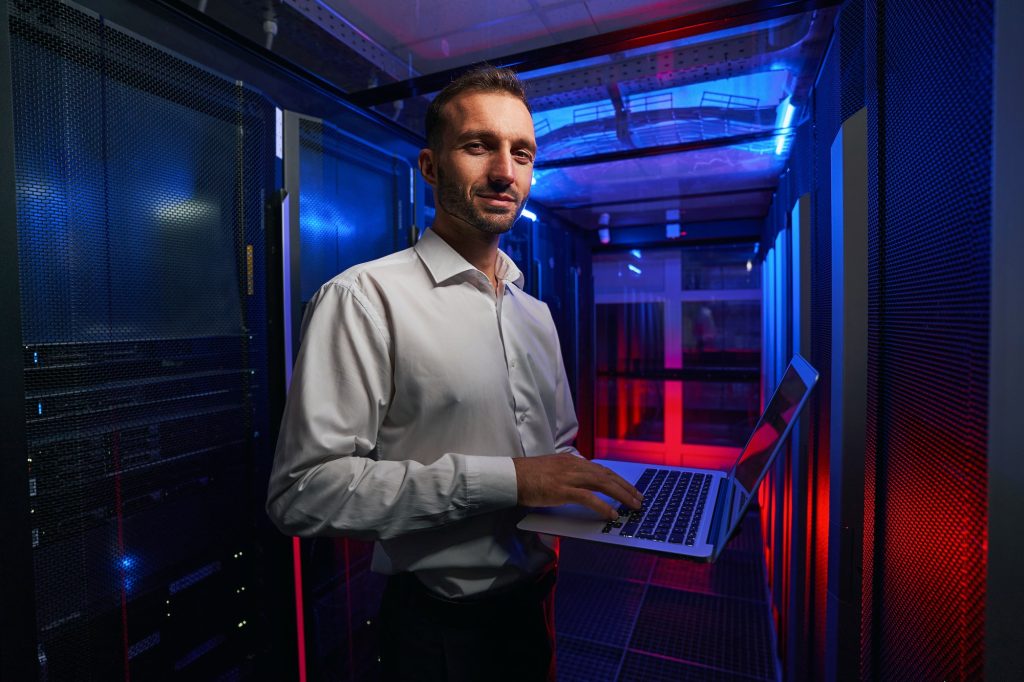
Bringing life to technology
XOR Systems
Digital Transformation
Digital transformation is a huge subject, it covers any moves a business makes to go digital. It describes a business starting to use a CRM or switching to online accounting. There's a lot of buzzwords bandied around and we don't really want to add to the blizzard. So let's get the jargon out of the way.
We’re interested in Industry 4.0 – aka the next Industrial Revolution. This is where digital technology creates smarter factories. The change happens by using smart devices embedded in smart factories, to help measure and control other smart devices for efficient management.
數字化轉型是一個巨大的主題,它涵蓋了企業為實現數字化而採取的任何舉措。 它描述了一家企業開始使用 CRM 或轉向在線會計。 周圍有很多流行語,我們真的不想添加到暴風雪中。 因此,讓我們擺脫行話。
我們對工業 4.0 感興趣——也就是下一次工業革命。 這就是數字技術創造更智能工廠的地方。 這種變化是通過使用嵌入智能工廠的智能設備來實現的,以幫助測量和控制其他智能設備以實現高效管理。
Solutions That We Provide
Our Customers.
Industrial Internet of Things
The Industrial Internet of Things (IIoT) is often called Industry 4.0. Some refer to it as the next industrial revolution. What’s certain is that it’s changing the way industry works. Across areas like process control, manufacturing and supply chain management, IIoT can help your business work in smarter, more efficient ways.
There’s no doubt that IIoT can make a significant difference to forward thinking organisations. A network of remote sensors can dramatically reduce maintenance costs and allow you to hone and streamline your processes. At the highest level the power of IIoT to improve operations and productivity is still virtually untapped.
As a company, we have specialised in embedded systems for a wide range of projects. In recent years we’ve developed a great deal of expertise in data management, data visualisation and machine learning – cutting edge fields that are increasingly important in industry. We are strongly placed to help you understand how IIoT (and Industry 4.0 and Edge Computing) can help make you a smarter, more successful organisation.

- Build The Best User Experience
- Help You with Digital Product
- Build The Best User Future
- Quality Assurance Standardization
- Images and Text Are Clearly
- Build The Best User Experience
工業物聯網 (IIoT) 通常稱為工業 4.0。 有人將其稱為下一次工業革命。 可以肯定的是,它正在改變行業的運作方式。 在過程控制、製造和供應鏈管理等領域,IIoT 可以幫助您的企業以更智能、更高效的方式開展工作。
毫無疑問,IIoT 可以對具有前瞻性思維的組織產生重大影響。 遠程傳感器網絡可以顯著降低維護成本,並讓您完善和簡化流程。 在最高層面上,IIoT 改善運營和生產力的能力實際上仍未得到開發。
作為一家公司,我們專門為各種項目開發嵌入式系統。 近年來,我們在數據管理、數據可視化和機器學習方面積累了大量專業知識——這些前沿領域在行業中越來越重要。 我們有能力幫助您了解 IIoT(以及工業 4.0 和邊緣計算)如何幫助您成為更智能、更成功的組織。
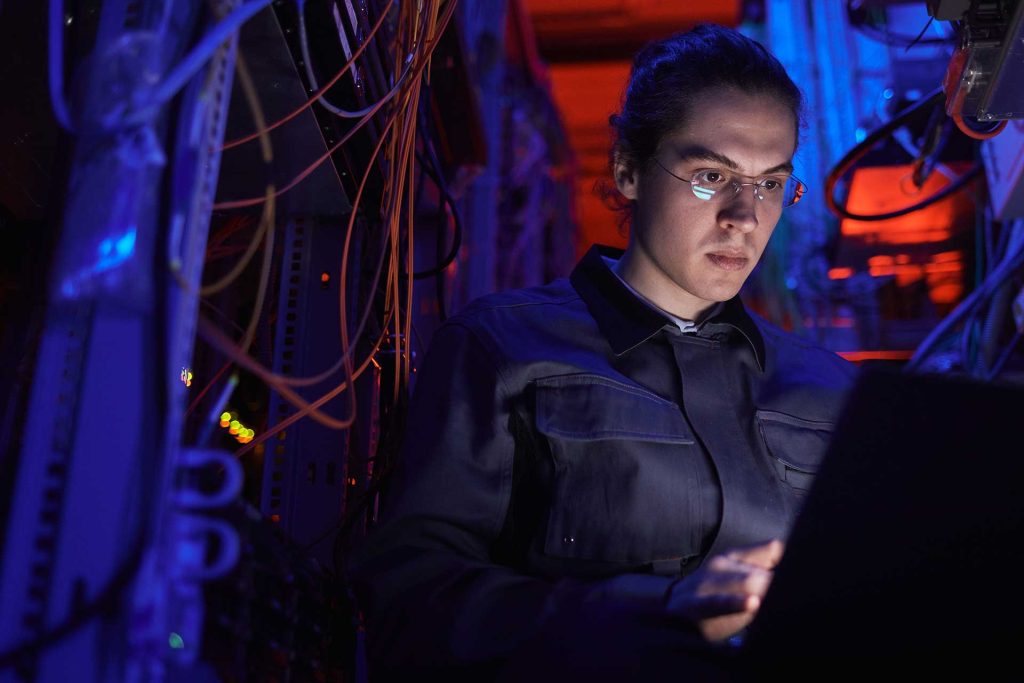
Edge Computing
Edge computing offers a different way of thinking about how computing happens in the distributed spaces of the real physical world. For example, how devices such as sensors interact with a server: instead of constantly communicating with the server, what happens if the device only communicates when necessary? What if the device is given greater autonomy? And, most interestingly, what would happen if a group of devices work together to make decisions without constant recourse to the centre?
The possibilities that open up are endless. But the most obvious benefit that edge computing offers is efficiency. It streamlines systems so only the minimum network traffic is needed. Another key benefit is speed. Giving a device the ability to make its own decisions frees it to act fast. Ultimately, edge computing provides a more agile way of automating things. And the real impact of this on industry is still to come.
邊緣計算提供了一種不同的方式來思考計算如何在真實物理世界的分佈式空間中發生。 例如,傳感器等設備如何與服務器交互:如果設備只在必要時才通信,而不是不斷地與服務器通信,會發生什麼情況? 如果設備被賦予更大的自主權怎麼辦? 而且,最有趣的是,如果一組設備協同工作來做出決策而無需不斷求助於中心,會發生什麼情況?
打開的可能性是無窮無盡的。 但邊緣計算提供的最明顯的好處是效率。 它簡化了系統,因此只需要最少的網絡流量。 另一個主要好處是速度。 賦予設備做出自己決定的能力可以讓它快速行動。 最終,邊緣計算提供了一種更敏捷的自動化方式。 而這對行業的真正影響還在後頭。
Contact Us For Projects.
SERVICE
We provide a wide range of professional services to meet your needs. We promise to provide every service with a smile, and to your highest level of satisfaction.
Our Software
We have considerable experience of developing system software for embedded hardware, systems development for applications to run on embedded systems and application software for desktops.
We have used major software languages, such as Delphi, Java, C# and C++.
When we write software for embedded systems, we use assembler or C. We tend to use AVR devices for low power systems and for more powerful systems, we use ARM processors, with embedded Linux as the operating system. Our embedded systems knowledge is enhanced through the use of web technologies such as REST and JSON for communication, HTML5 for display, and by using appropriate frameworks for PHP or Javascript in order to generate compelling user interfaces and analytical displays.

我們在為嵌入式硬件開發系統軟件、在嵌入式系統上運行的應用程序系統開發和桌面應用軟件方面擁有豐富的經驗。
我們使用過主要的軟件語言,如Delphi、Java、C#和C++。
當我們為嵌入式系統編寫軟件時,我們使用彙編程序或 C。我們傾向於將 AVR 設備用於低功耗系統,而對於更強大的系統,我們使用 ARM 處理器,以嵌入式 Linux 作為操作系統。 我們的嵌入式系統知識通過使用 REST 和 JSON 等網絡技術進行通信,HTML5 進行顯示,以及使用適當的 PHP 或 Javascript 框架來生成引人注目的用戶界面和分析顯示。

TECHNICAL DUE DILIGENCE
This service is aimed at those about to buy a software company or a software product. It is difficult to be sure that the software you are acquiring meets your business needs. It is difficult to validate the claims and get accurate answers to critical questions. You need to know how extensible, scalable, and maintainable is the code.
You want to know how sophisticated development and test practices are. And how well the software is designed and structured.
Our technical due diligence reviews illuminate technical risks while shielding intellectual property details. We analyse code, design, technology, and development sophistication to help you make solid business decisions. Our technical due diligence team has wide technical knowledge and focus on key technical questions and provide answers in a non-technical way.
該服務針對那些即將購買軟件公司或軟件產品的人。 很難確定您購買的軟件是否滿足您的業務需求。 很難驗證聲明並獲得關鍵問題的準確答案。 您需要了解代碼的可擴展性、可伸縮性和可維護性。
您想知道開發和測試實踐有多複雜。 以及軟件的設計和結構如何。
我們的技術盡職調查審查揭示了技術風險,同時屏蔽了知識產權細節。 我們分析代碼、設計、技術和開發複雜性,以幫助您做出可靠的業務決策。 我們的技術盡職調查團隊擁有廣泛的技術知識,專注於關鍵技術問題,並以非技術方式提供答案。

ALL SOLUTIONS
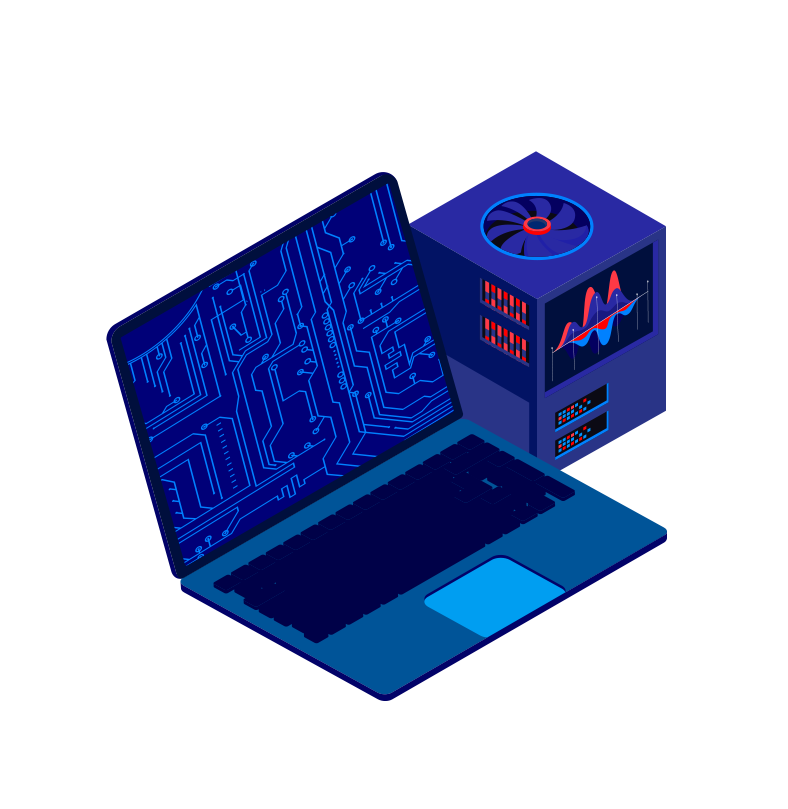
Embedded Linux
We have used Embedded Linux as the Operating System on a number of development projects. Digi provide a version of Linux which they call 'Embedded Linux' and this we have used on their range of ConnectCore modules. These are attractive modules, as they provide significant processing power, but a simplified design process for us. We only need to provide a base board which maps the ports we want to support, along with any other additional electronic hardware. The module we use also provides Wifi, the ConnectCore 9P 9215.
In addition, we have used Linux on diverse computer devices such as the Owasys OWA311, the Garz+Friske Livius ARM-based system and our own design of processor board to which we have ported Linux.
Linux provides a complex operating system, with a complete filing system, TCP/IP for computer interconnection, a GUI if necessary (although we have rarely used this, we just use the kernel) and a whole host of commands to cover a great deal of functionality. Linux is open-source and is available on a host of computers, running on a multitude of processors. It is extremely flexible and can be tailored for virtually any task. We add to the system by writing our own applications and functions and occasionally, device drivers.
我們已經在許多開發項目中使用嵌入式 Linux 作為操作系統。 Digi 提供了一個他們稱之為“嵌入式 Linux”的 Linux 版本,我們已經在他們的 ConnectCore 模塊系列中使用了這個版本。 這些是有吸引力的模塊,因為它們提供了強大的處理能力,但為我們簡化了設計過程。 我們只需要提供一個映射我們想要支持的端口的基板,以及任何其他額外的電子硬件。 我們使用的模塊也提供Wifi,即ConnectCore 9P 9215。
此外,我們還在各種計算機設備上使用了 Linux,例如 Owasys OWA311、基於 ARM 的 Garz+Friske Livius 系統以及我們自己設計的已移植 Linux 的處理器板。
Linux 提供了一個複雜的操作系統,有完整的文件系統、用於計算機互連的 TCP/IP、必要時的 GUI(雖然我們很少使用它,我們只是使用內核)和一大堆命令來涵蓋大量的 功能。 Linux 是開源的,可用於運行在大量處理器上的計算機主機。 它非常靈活,幾乎可以針對任何任務進行定制。 我們通過編寫自己的應用程序和功能以及偶爾編寫設備驅動程序來添加到系統中。
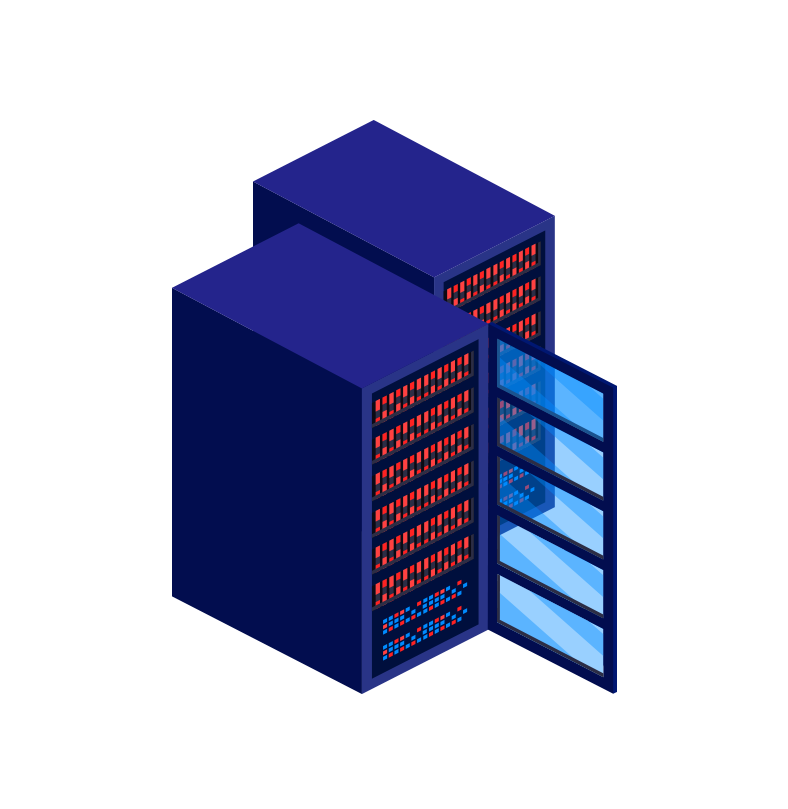
Communication
Wireless technology is essential for the kind of work we do. It might be Wifi, for TCP/IP networking. It might be Bluetooth for small autonomous networks. It might be one of the many other IEEE 802.15 systems, such as Zigbee.
We have worked with Wifi on various M2M projects, particularly the vending machine projects. Our machines are often in areas where public Wifi is available, such as airports and railway stations, so it makes sense to use these services. However, we have found practical difficulties in doing so, not least the fact that the services get swamped at rush hour. Our approach was to react to the fact that we lost connection reliably at certain parts of the day, but had good service at other parts of the day.
We have a particular interest here in mesh networks, the ability of a network to create itself, and to heal. This has great impact on battery life. The Live!Label project used standard Wifi networking when we trialled the system and this proved to be a limitation. We had the labels at different positions around a museum and we found that the Wifi signal was too weak, due to the internal walls. Also, the power consumption on the board was high due to the Wifi module, so we couldn't run on batteries as we had hoped.
We repeated the experiment at a later date, but revised the design to use Zigbee. We created a mesh network such that each label in the system was a node on the network. This had the affect of building a network room by room and greatly extending the range of the network. It also meant that the system consumed much less electrical power. Zigbee is low power anyway, but the devices only needed to communicate with the nearest nodes and thus worked at a lower RF power.
無線技術對於我們所做的工作至關重要。 對於 TCP/IP 網絡,它可能是 Wifi。 它可能是用於小型自治網絡的藍牙。 它可能是許多其他 IEEE 802.15 系統之一,例如 Zigbee。
我們與 Wifi 合作過各種 M2M 項目,尤其是自動售貨機項目。 我們的機器通常位於公共 Wifi 可用的區域,例如機場和火車站,因此使用這些服務是有意義的。 然而,我們發現這樣做存在實際困難,尤其是在高峰時段服務會變得擁擠。 我們的方法是對這樣一個事實做出反應,即我們在一天中的某些時間可靠地失去連接,但在一天的其他時間提供良好的服務。
我們在這裡對網狀網絡特別感興趣,網絡能夠自我創建和修復。 這對電池壽命有很大的影響。 Live!Label 項目在我們試用系統時使用標準 Wifi 網絡,這被證明是一個限制。 我們在博物館周圍的不同位置放置了標籤,但由於內牆的原因,我們發現 Wifi 信號太弱了。 此外,由於 Wifi 模塊,板上的功耗很高,因此我們無法像我們希望的那樣依靠電池運行。
我們稍後重複了該實驗,但修改了設計以使用 Zigbee。 我們創建了一個網狀網絡,使得系統中的每個標籤都是網絡上的一個節點。 這具有逐個房間構建網絡並大大擴展網絡範圍的影響。 這也意味著系統消耗的電力要少得多。 Zigbee 無論如何都是低功耗的,但設備只需要與最近的節點通信,因此可以在較低的射頻功率下工作。
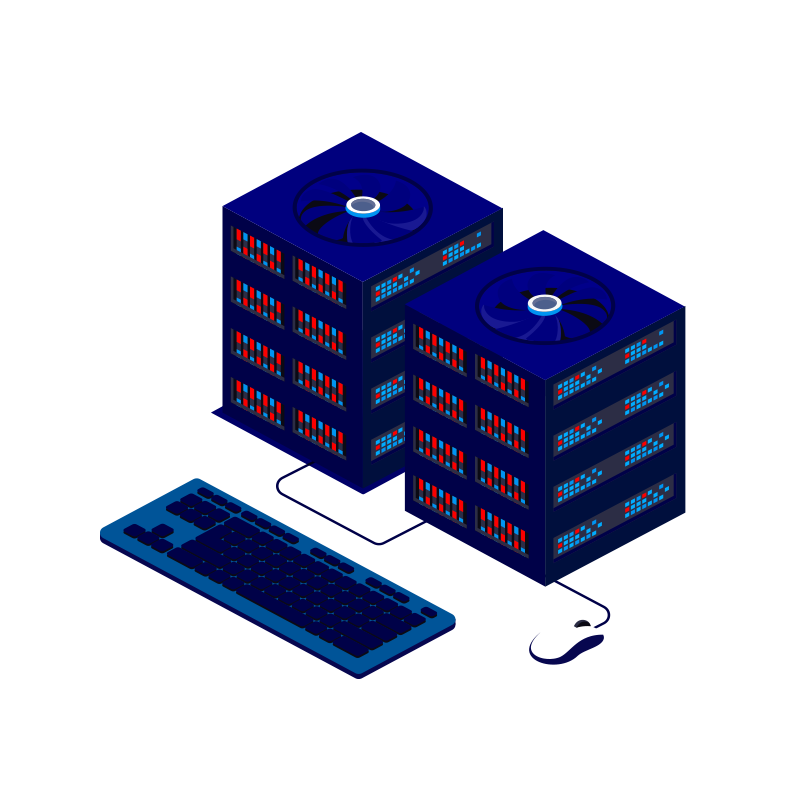
Internet of Things
It's trendy, the Internet of Things (or sometimes the Internet of Everything). But it's a bit like when you heard of the iPod and thought "but that's just an MP3 player". Or when you heard of the "Cloud" and you thought "but that's just servers". The Internet of Things is clever branding, designed to stimulate interest, but really it's what we've been doing for years. Smart boxes, talking over the Internet to a server. The IoT is subtly different, it's better and friendlier. But then, so is the iPod, compared to an MP3 player.
Clearly, there is more to the Internet of Things. The hype is significant mostly due to the volume of noise. And the potential, because we're talking about billions of devices. The IoT is happening because of the fall in costs of small smart computer systems, of sensors and wireless systems. One of the best examples of the IoT is Nest, with intelligent smoke alarm and their central heating control system. But, there is a difference when you look at Nest devices. They are smart. They react to you. You can wave at the smoke alarm to tell it that actually there isn't a problem. It lights up a night light if it senses movement.
But the Internet of Things is more than this. It's a simplification, if you like. The aim is to simplify the ability of a device or a sensor to connect to to the Internet and to send some data. The range of possible sensors and devices is unlimited, the purposes are unlimited. Some people claim that this is a similar stage in history as the start of the Industrial Revolution, that we're about to witness a similar revolution. Who knows. It's just fascinating.
The examples of IoT tend to start with the 'intelligent fridge' - your fridge contacts the local supermarket because you've run out of milk. It is much bigger than this, much bigger. The main difficulty with this example is that the responsibility is on the fridge manufacturer to add the sensor and the communication link. Much better is to have a system that allows you to add any sensor to any existing system, a sensor that is capable of communication and then link that sensor to a decision making system. That way, there's no difference between a system monitoring milk availability to the system controlling temperature in a house - it is all about simple, communicating sensors feeding into a decision making system.
它很流行,物聯網(有時是萬物互聯)。 但這有點像當您聽說 iPod 時會想“但這只是一個 MP3 播放器”。 或者,當您聽說“雲”時,您會想“但這只是服務器”。 物聯網是一種巧妙的品牌推廣,旨在激發人們的興趣,但實際上這正是我們多年來一直在做的事情。 智能盒子,通過互聯網與服務器對話。 物聯網略有不同,它更好、更友好。 但是,與 MP3 播放器相比,iPod 也是如此。
顯然,物聯網還有更多內容。 炒作之所以重要,主要是因為噪音很大。 還有潛力,因為我們談論的是數十億台設備。 由於小型智能計算機系統、傳感器和無線系統的成本下降,物聯網正在發生。 物聯網最好的例子之一是 Nest,帶有智能煙霧報警器和中央供暖控制系統。 但是,當您查看 Nest 設備時就會有所不同。 他們很聰明。 他們對你有反應。 你可以對著煙霧報警器揮手告訴它實際上沒有問題。 如果它感應到運動,它會點亮夜燈。
但物聯網不止於此。 如果您願意,這是一種簡化。 目的是簡化設備或傳感器連接到互聯網和發送一些數據的能力。 可能的傳感器和設備的範圍是無限的,目的是無限的。 有人說,這是一個與工業革命開始相似的歷史階段,我們即將見證一場類似的革命。 誰知道。 這真是令人著迷。
物聯網的例子往往從“智能冰箱”開始——你的冰箱會聯繫當地的超市,因為你的牛奶用完了。 它比這大得多,大得多。 這個例子的主要困難在於冰箱製造商有責任添加傳感器和通信鏈路。 更好的是擁有一個允許您將任何傳感器添加到任何現有系統的系統,一個能夠通信的傳感器,然後將該傳感器鏈接到決策系統。 這樣一來,監控牛奶可用性的系統與控制房屋溫度的系統之間就沒有區別了——這都是關於將簡單的通信傳感器饋送到決策系統中。
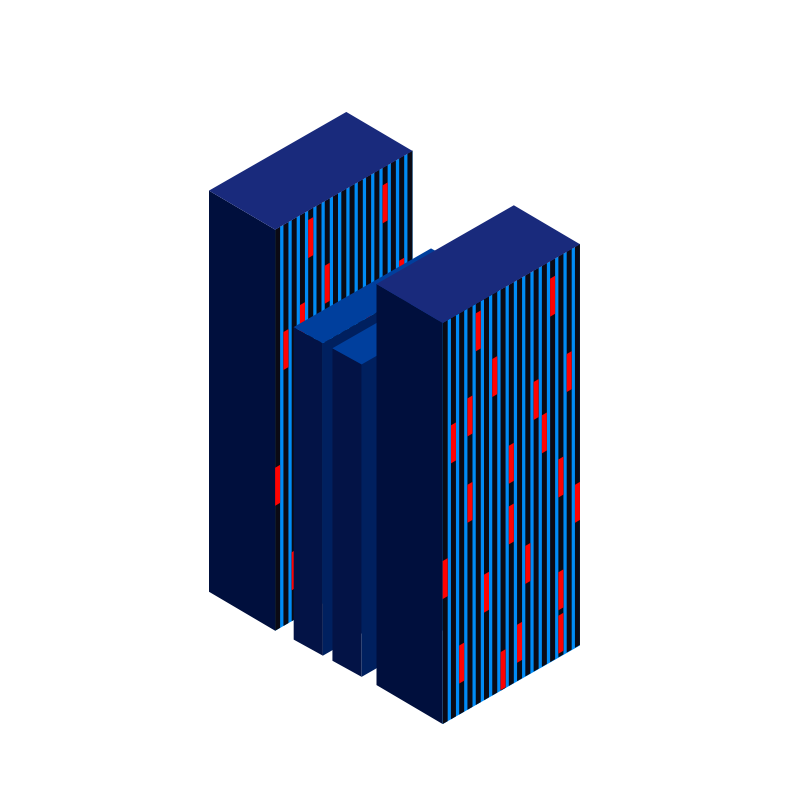
Human Interaction
Human interaction describes the relationship between people and computers. When designing machines to be used directly by people, either adults or children, the focus has to be on the interface to the machine. Production of these Human Interaction Devices also incorporates control of hardware including buttons and the motors which drive the product. Xor Systems has worked on a number of human interaction devices, including vending machines and interactive museum displays.
An interesting challenge with these devices is designing them to be simple to use. Museum displays can be used by children or the elderly, so cannot be too complicated to navigate. The same is true of vending machines. As vending machines have been around for a long time, most people already know how to use one. This means that deviating from this standard way of using a device is not a good idea for keeping things simple, and instead new features (like new payment systems) need to be integrated in clever ways. Xor systems has worked on a number of more complicated vending machines, including machines with 48” displays which can show advertisements
It is quite common for these machines to be remote or stand-alone systems which still have to report back their status in real time, or update the device with new information. Think a vending machine in an airport or an information display next to a monument in a field. The advert on the vending machine may need to be updated, or new text needs to be sent to the information display, or you need to know if the display is working without having to walk to the field it’s in. These devices need to be connected and we have overcome these connectivity problems by adding a 3G routers to machines, which creates a mini network and allows a number of devices to connect to the Internet over the mobile phone network.
人機交互描述了人與計算機之間的關係。 在設計供成人或兒童直接使用的機器時,重點必須放在機器的界面上。 這些人機交互設備的生產還包括對硬件的控制,包括按鈕和驅動產品的電機。 Xor Systems 開發了許多人機交互設備,包括自動售貨機和交互式博物館展示。
這些設備的一個有趣挑戰是將它們設計得易於使用。 博物館陳列可供兒童或老人使用,因此導航不會太複雜。 自動售貨機也是如此。 由於自動售貨機已經存在了很長時間,大多數人已經知道如何使用它。 這意味著偏離這種使用設備的標準方式並不是保持簡單的好主意,相反,需要以巧妙的方式集成新功能(如新支付系統)。 Xor Systems 已經在許多更複雜的自動售貨機上工作,包括可以顯示廣告的 48 英寸顯示屏的機器
這些機器很常見是遠程或獨立系統,它們仍然必須實時報告其狀態,或使用新信息更新設備。 想想機場的自動售貨機或田野中紀念碑旁邊的信息顯示屏。 自動售貨機上的廣告可能需要更新,或者需要將新文本發送到信息顯示器,或者您需要知道顯示器是否正常工作,而無需走到它所在的區域。這些設備需要連接 我們通過在機器上添加 3G 路由器來克服這些連接問題,這創建了一個迷你網絡,並允許許多設備通過手機網絡連接到互聯網。
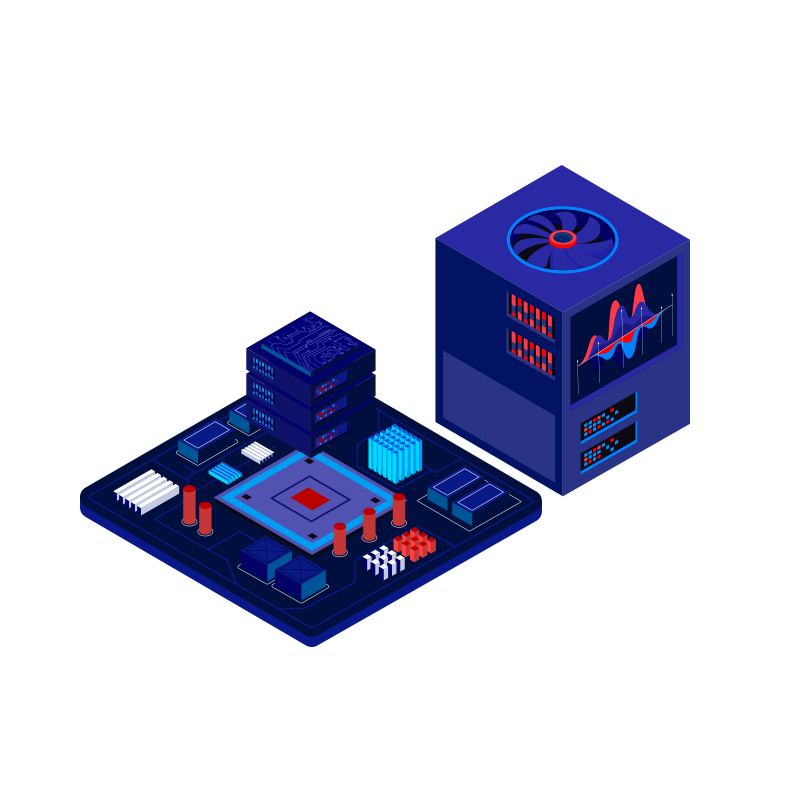
Control
Embedded systems have two crucial functions and this is one of them - the ability to control. It may be as simple as turning an LED on and off (and on any board we design, that's the first thing we get working). And it may be complex, such as driving the actuator that moves the aileron that turns the aircraft, or the motor than spins the steering wheel on a car when it is auto-parking. What it signifies is that the embedded system has made a decision and it is doing something to the system outside of the board for which it is responsible. Usually, when we describe the object we're controlling, we use engineering terms. It is an actuator, it is a relay, it is a motor, it is a light.
The device we are controlling will normally be bigger and more powerful than our electronics. We're using hydraulics or compressed air or electricity, starting and stopping it at the behest of our software. And all of it is done to some algorithm. Embedded systems can reliably and repeatedly implement some algorithm and at some speed. A simple example is ABS. The process involved in braking is easy to understand - brake hard enough to be just at, but not beyond, the point of skidding. That has to be the maximum efficiency of braking. If the tyre starts to slide, reduce the pressure to the brakes until the tyre starts to turn but hold it just there. The road conditions change continously and the system needs to sense this and change accordingly. A simple sensor monitors the tyre and knows when it is turning; a hydralic valve controls the amount of brake pressure being applied. Any human is able to understand and implement the algorithm, but only a computer can do it fast enough to make it work well.
An important factor on control is feedback. How far do we move the actuator? How long do we run the motor? if you consider a lift door, we start a motor to open the door. This will drive a screw to wind the door open. How do we know when the door is fully open? Well, usually there's a microswitch and that signals to the system that the end stop has been reached. The same applies to the actuator. Maybe we simply use time. We know how far the device we're controlling can move in a fixed time, so we can time it. But it is more reliable to provide positional feedback.
嵌入式系統有兩個關鍵功能,這是其中之一——控制能力。 它可能就像打開和關閉 LED 一樣簡單(在我們設計的任何電路板上,這是我們開始工作的第一件事)。 而且它可能很複雜,例如驅動使飛機轉動的副翼移動的執行器,或者在汽車自動停車時驅動電機而不是旋轉方向盤的汽車。 它的意思是嵌入式系統已經做出決定,它正在對它負責的板外的系統做一些事情。 通常,當我們描述我們控制的對象時,我們使用工程術語。 它是一個執行器,它是一個繼電器,它是一個電機,它是一個燈。
我們控制的設備通常比我們的電子設備更大、更強大。 我們正在使用液壓、壓縮空氣或電力,根據我們軟件的要求啟動和停止它。 所有這些都是通過某種算法完成的。 嵌入式系統可以可靠地、重複地以一定的速度執行某種算法。 一個簡單的例子是 ABS。 剎車的過程很容易理解——用力剎車,剛好在打滑點,但不要超過打滑點。 那必須是製動的最大效率。 如果輪胎開始打滑,請降低制動器的壓力,直到輪胎開始轉動但保持不動。 路況不斷變化,系統需要感知這一點並做出相應的改變。 一個簡單的傳感器監控輪胎並知道它何時轉動; 液壓閥控制施加的製動壓力量。 任何人都能夠理解和實施該算法,但只有計算機才能足夠快地完成它以使其運行良好。
控制的一個重要因素是反饋。 我們將執行器移動多遠? 我們運行電機多長時間? 如果你考慮電梯門,我們啟動電機來打開門。 這將驅動螺絲將門打開。 我們如何知道門何時完全打開? 好吧,通常有一個微動開關,它向系統發出信號,表明已經到達終點。 這同樣適用於致動器。 也許我們只是在利用時間。 我們知道我們控制的設備在固定時間內可以移動多遠,因此我們可以對其計時。 但提供位置反饋更可靠。
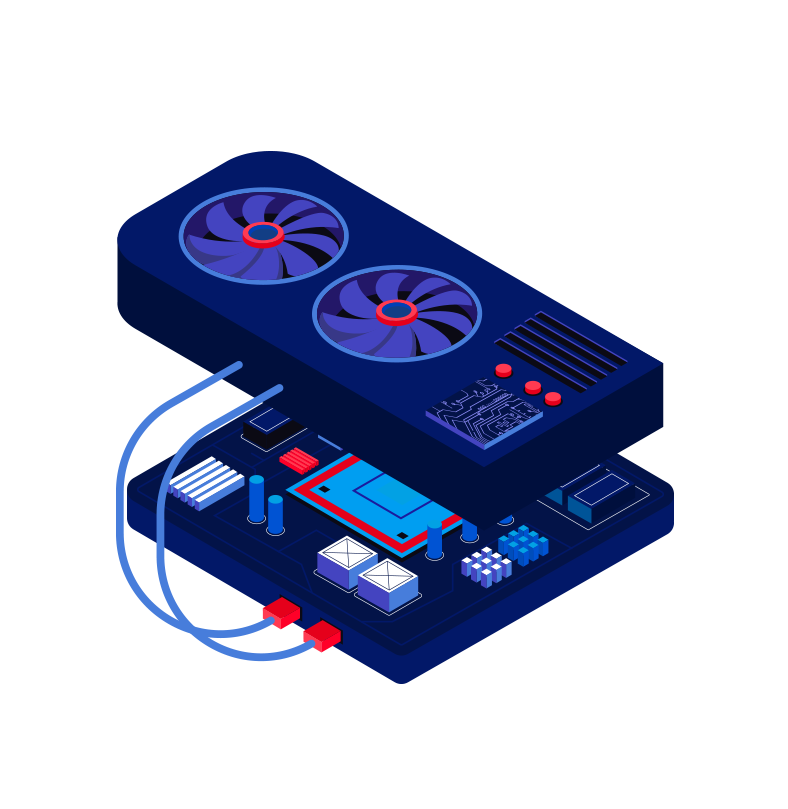
Measure
This is the second crucial function of an embedded system - the ability to measure. We've discussed, in Control, about sensing digital inputs, so we know about end of travel and suchlike. That could be considered as measurement. But there are two approaches we use on embedded systems - direct measurement through analogue to digital converters and indirect measurement, by talking to sensors that directly measure the parameter. in this case, we query the sensor for a reading.
Consider the first - direct measurement. There's a skill in this, selecting the right device, scaling the input, selecting the number of bits and rate of reading. It can be complex. The sampling rate is subject to Nyquist's sampling criterion - the sample rate is at least twice the maximum component frequency of the function being sampled. You don't want to undersample a complex signal.
Once you have digital values, then it is possible to apply algorithms, such as filtering, averaging and so on.
Indirect measurement is increasingly common. Sometimes the whole device, mounted on a circuit board, does all the measurement required within the chip itself. All that is required is to talk to the device over I2C or SPI or similar to obtain data. Also, we talk to devices over more robust and long-serving interfaces, such as RS485 or RS232. These are reliable, well-understood and widely used in measurement systems.
這是嵌入式系統的第二個關鍵功能——測量能力。 我們已經在控制中討論了關於感應數字輸入的問題,所以我們知道行程結束等。 這可以被認為是衡量標準。 但是我們在嵌入式系統上使用兩種方法 – 通過模數轉換器直接測量和間接測量,通過與直接測量參數的傳感器對話。 在這種情況下,我們查詢傳感器的讀數。
考慮第一個 – 直接測量。 這裡面有個技巧,選擇合適的設備,縮放輸入,選擇位數和讀取速率。 它可能很複雜。 採樣率受制於奈奎斯特採樣標準——採樣率至少是被採樣函數的最大分量頻率的兩倍。 您不想對複雜信號進行欠採樣。
一旦有了數字值,就可以應用算法,例如過濾、平均等。
間接測量越來越普遍。 有時,安裝在電路板上的整個設備會在芯片內部完成所需的所有測量。 所需要做的就是通過 I2C 或 SPI 或類似方式與設備通信以獲取數據。 此外,我們通過更強大和長期服務的接口(例如 RS485 或 RS232)與設備通信。 它們可靠、易於理解並廣泛用於測量系統。
How Can we Help you?
Do you have any questions about our offer? We are happy to be of service to you. Simply fill out the contact form and we will get in touch with you as soon as possible. Of course, you can also reach us by phone or visit us directly on site – we look forward to meeting you!
您對我們的報價有任何疑問嗎? 我們很高興為您服務。 只需填寫聯繫表格,我們將盡快與您聯繫。 當然,您也可以通過電話聯繫我們或直接上門拜訪我們——我們期待與您會面!
Office
183 Queen´s Road Central Cosco Tower, Unit 1411 Sheung Wan, Hong Kong
Fehler: Kontaktformular wurde nicht gefunden.